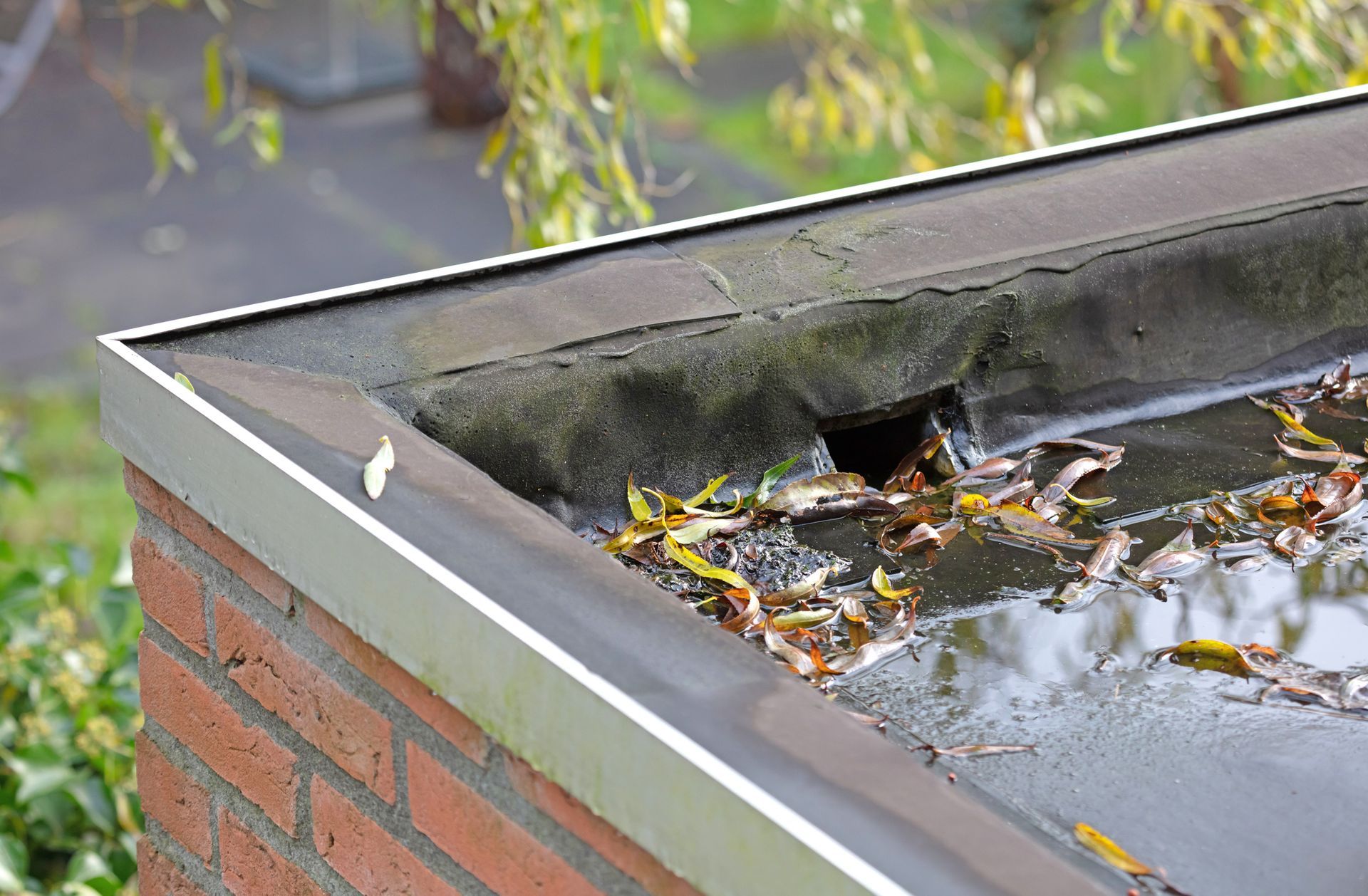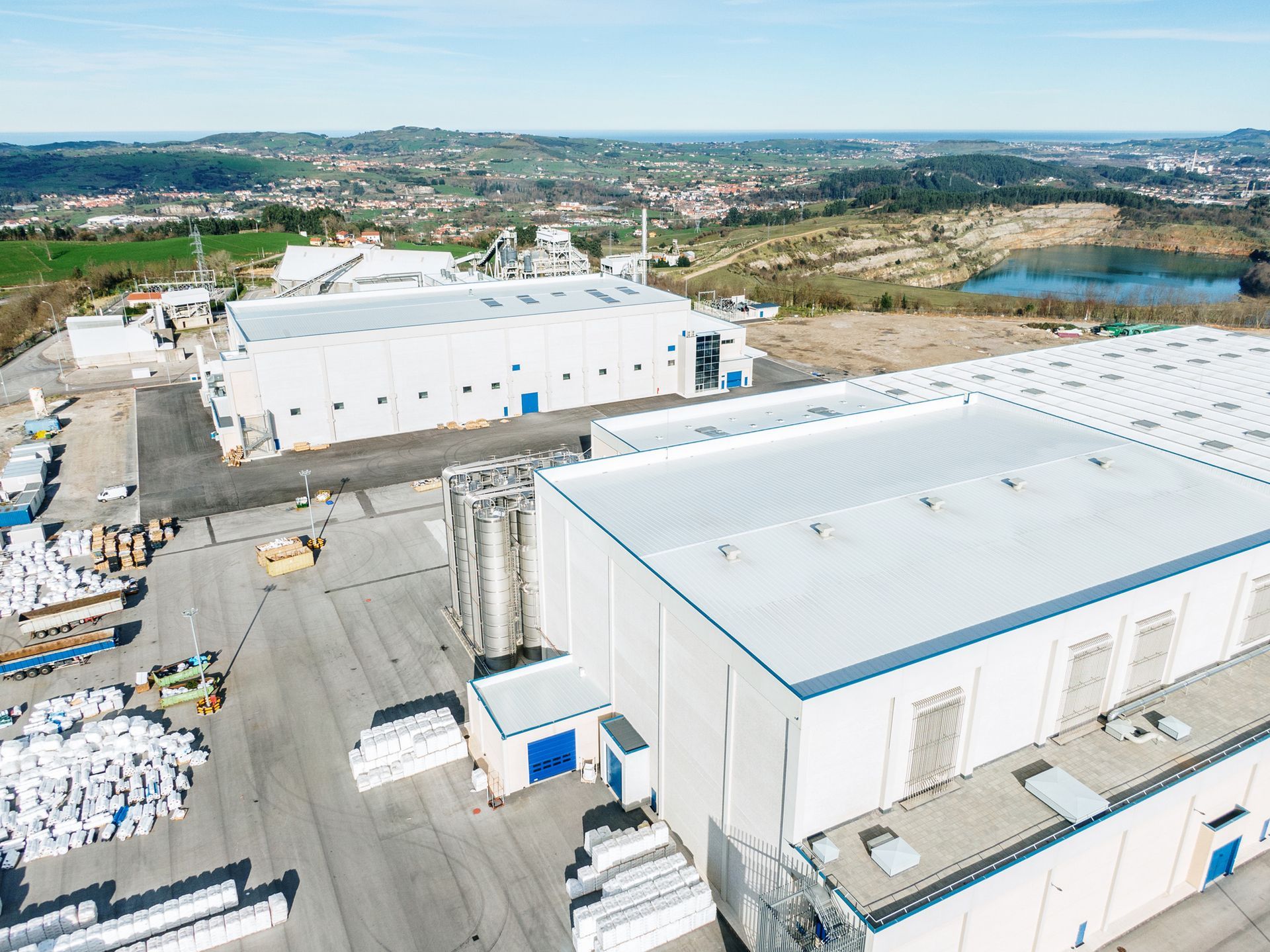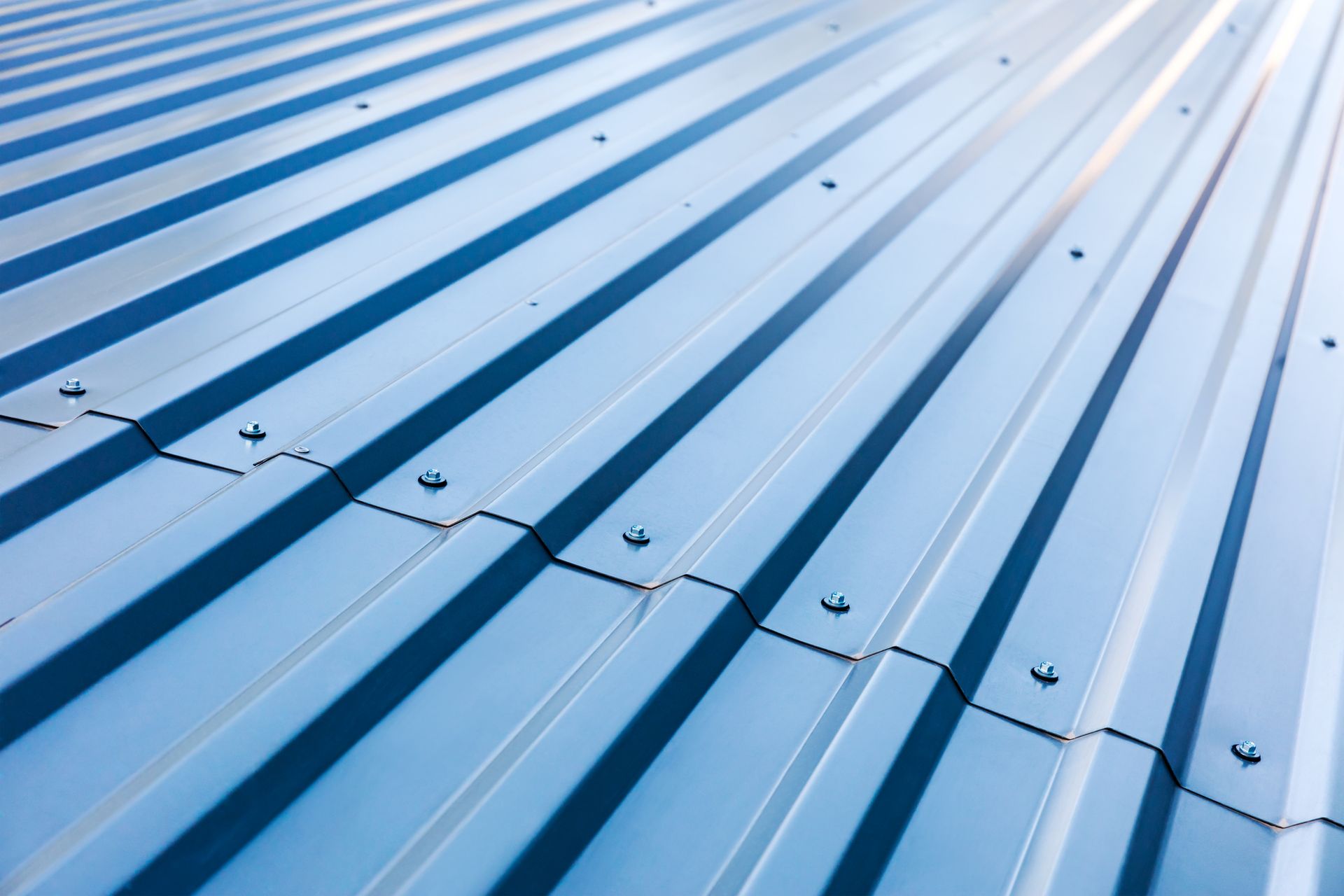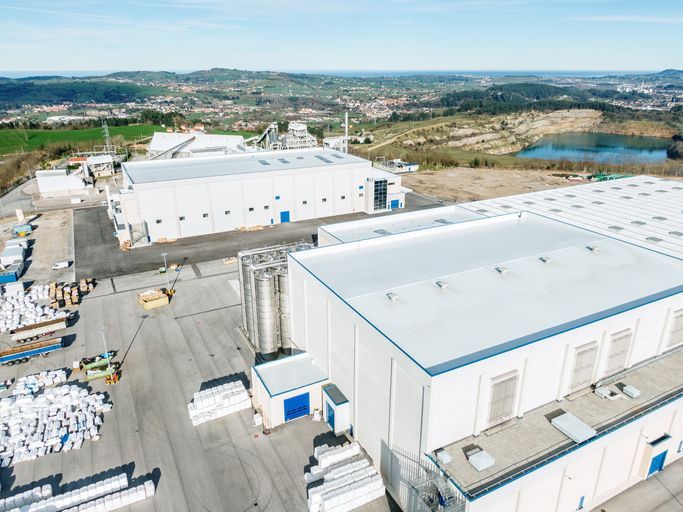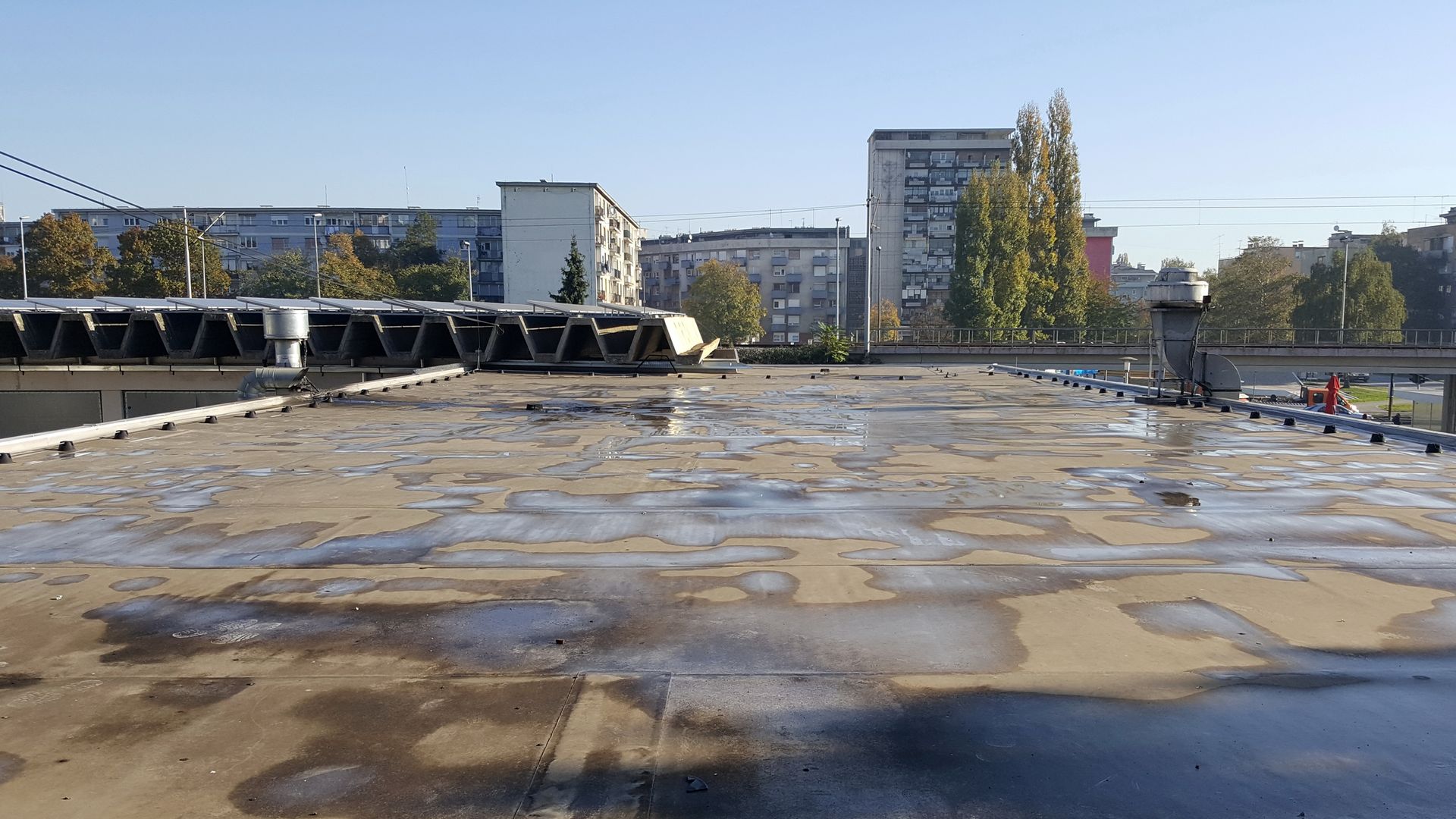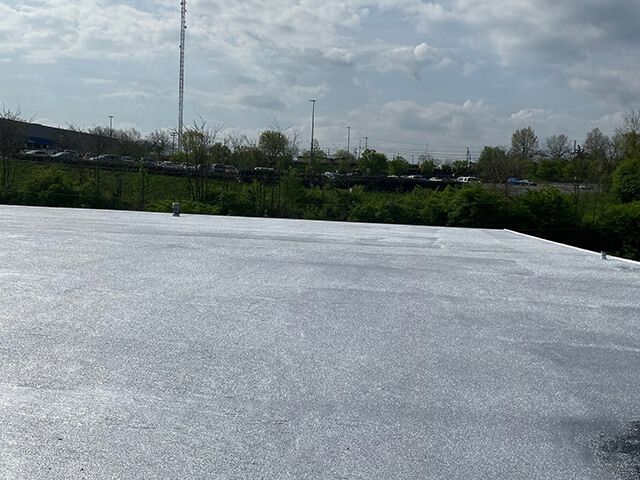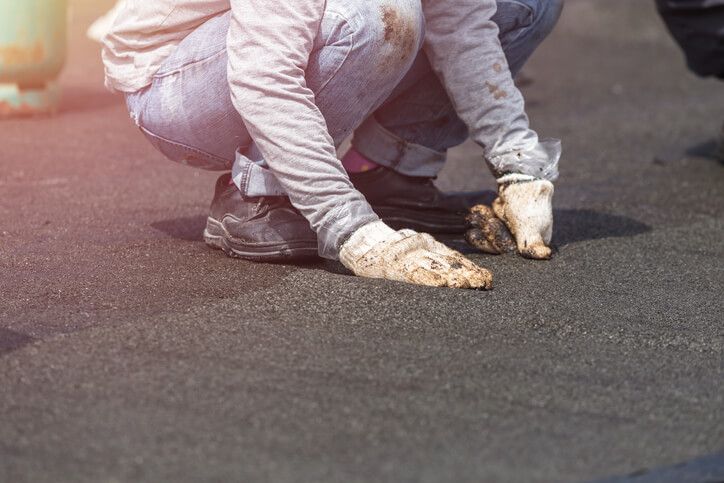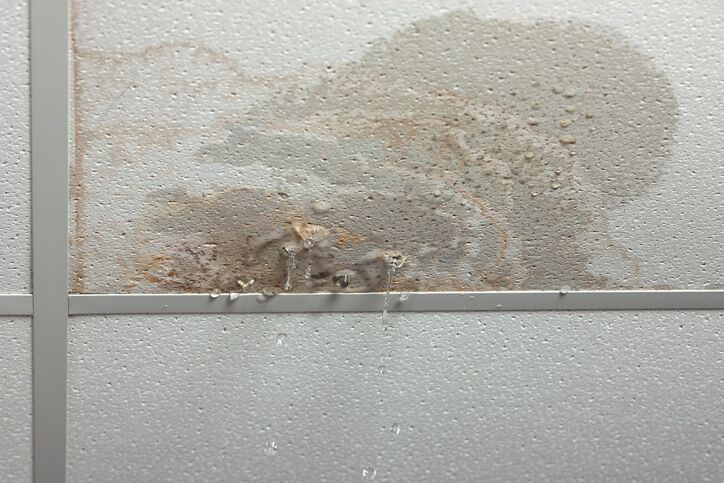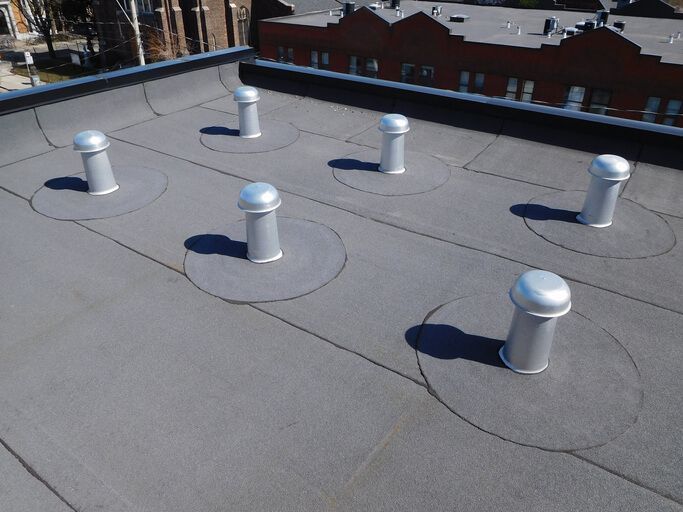What to do About Moss on My Commercial Roof
Moss growth on a commercial roof can cause all sorts of problems, from water seeping into the interior space to the roof weakening and eventually collapsing. Moss can absorb moisture from the weather, which can lead to bacteria and model growth.
How Does Moss Damage My Commercial Roof?
Moss can damage a commercial roof in several ways. Moss absorbs moisture from the environment, which encourages bacteria and mold growth, leading to water seeping into the interior space of the building.
The moss itself can also cause physical damage to the surface of the roof by creating points for water to penetrate and begin pooling on the underlying surface, causing rot. Additionally, moss retains water longer than other vegetation, such as grasses or weeds, which causes additional strain during inclement weather conditions.
Tips for Dealing with Moss Growth on Your Commercial Roof
1. Remove any existing moss as soon as possible – This is an important step in preventing further growth or damage. You will want to use a brush and/or pressure washer to remove the existing moss, ensuring no spores or other debris remain behind.
2. Create conditions unfavorable for moss – Moss likes wet, shady areas where it can easily take root and grow quickly. To discourage its growth, make sure your gutters and downspouts are clear of debris, that your roof is well-ventilated, and that you trim back any nearby trees/shrubs which may be shading the area.
3. Apply a moss-killing treatment – Several products are available to help control moss growth on commercial roofs. These usually come in the form of sprays or liquids, which should be applied by a professional. The goal is to kill off existing moss and prevent future growth.
Removing Other Types of Debris From Your Commercial Roof
Leaves and other debris can accumulate on your commercial roof, clogging your drainage system and harboring damaging moisture. Our tips for keeping your commercial roof free of debris include:
Keep your roof drains clear
– Make sure your roof drains are clear of leaves and other debris to ensure proper drainage and to prevent pooling water
on your roof surface. Be sure to examine the drains for clogs and wear and tear.
Make safety a priority
– Be sure to wear goggles and gloves and use a safety tie-off while clearing debris. You also want to use bags to contain the debris rather than throwing it off the side of the roof.
Be sure to remove this debris regularly, especially in preparation for winter, as the wet leaves and other debris can freeze and cause clogs. Pooling water can seep into the roofing system, then freeze and expand, causing damage.
Commercial Roofing Maintenance and Repairs at ACR1
By following these tips, you can help maintain the integrity and longevity of your commercial roof while also preventing costly repairs or replacements due to moss growth. Be sure to check your roof regularly for signs of moss so that you can address any issues early on before they become too extensive.
With proper maintenance and care, your commercial roof should remain in great condition for many years. For help with moss or other debris damage, read our commercial roofing guide and contact the experienced team at ACR1 today to service your commercial roof!
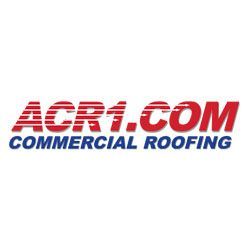
Author:
Floyd Mason
Born and raised in farming in Iowa
Worked in and around construction since 1977
BS in Corporate Finance and Financial & Estate Planning from Brigham Young University. Involved in Boy Scouts of America for more than 35 years, Scoutmaster 15 years Estimator, Project Manager, Sales Representative, Crew Leader, Laborer, Territory Manager, District Manager, Regional Manager, National Sales Manager,
ACR1.COM Sales & Marketing Manager since 2013.
